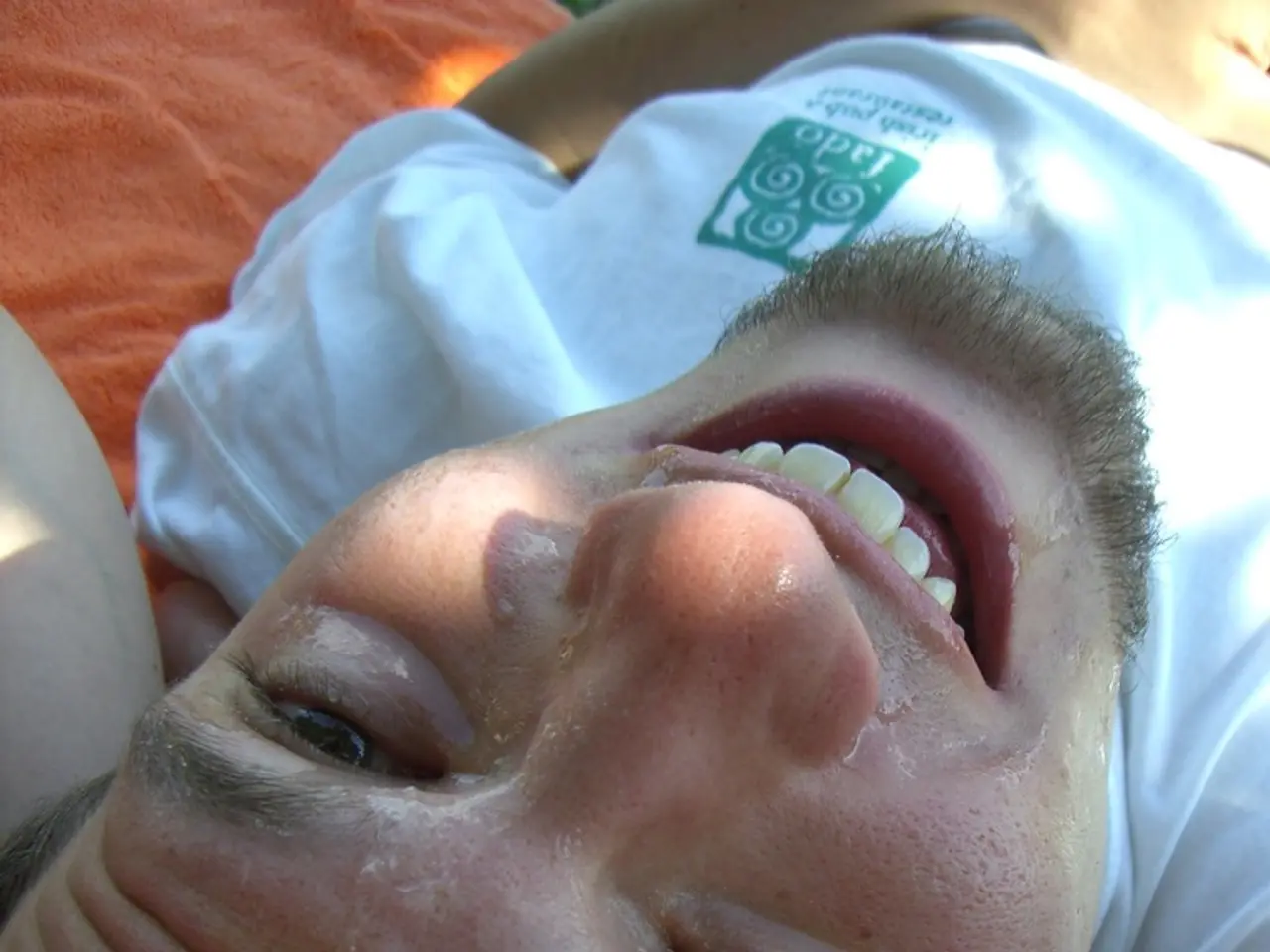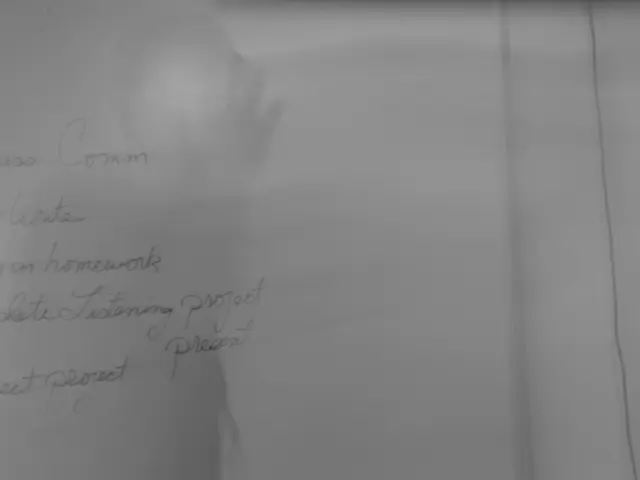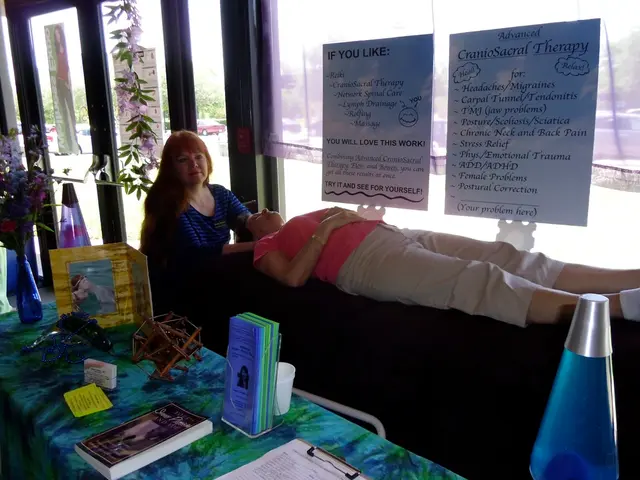Examining Techniques in Lie Detector Examinations: Focus on the Control Question Method and Additional Strategies in Polygraphic Examining
The Control Question Technique (CQT) is one of the most commonly used methods in polygraph, or lie detector, testing. This technique, which measures physiological responses like heart rate, respiration, and perspiration, has been a critical tool for uncovering potential deception for many years.
The CQT works by comparing a subject's responses to relevant questions about the matter under investigation with control questions that are emotionally relevant but not directly related to the issue. The fundamental assumption is that deceptive answers will produce stronger physiological responses than truthful ones.
### Accuracy and Reliability of CQT and Polygraph Testing
The American Polygraph Association (APA) reports that polygraph tests, including the CQT, can achieve an accuracy of up to 87% in detecting deception under controlled conditions. However, it's important to note that these claims are often scrutinized, and some polygraph software developers claim their accuracy can reach as high as 97%.
Independent studies and peer-reviewed research suggest that accuracy depends heavily on factors such as the skill of the examiner, the testing environment, and adherence to standardized protocols. The APA cites accuracy between 95% and 98% in over 6,000 tests when proper procedures are followed.
Despite these accuracy claims, the reliability of polygraph results varies. On-screen or entertainment-based lie detector tests, like those on television, are particularly unreliable due to lack of proper procedure, audience presence, and rushed question formats. These factors induce unnatural physiological responses, leading to false results.
Courts often view polygraph results as circumstantial evidence. Due to concerns about false positives and false negatives, many jurisdictions do not admit polygraph evidence unless both parties stipulate to it. The admissibility varies by state—18 states have adopted the Daubert standard allowing polygraph results if scientific reliability is demonstrated, while others adhere to the Frye standard, often excluding them.
### Applications Across Different Fields
In the criminal justice system, polygraphs, especially using the CQT, are used for criminal investigations and sometimes for pre-employment screening in sensitive government jobs (e.g., intelligence agencies). However, their results are rarely admitted as conclusive evidence in court without agreement from both sides.
In countries like the UK, polygraph tests are commonly used in resolving personal disputes such as false accusations, relationship issues, or family disputes. Here the tests serve more as psychological tools rather than strict forensic evidence.
Certain high-security or law enforcement agencies use polygraph tests as part of background checks, relying on them to detect deception about past behaviors or affiliations.
Polygraph results and techniques also inform research into human psychology, stress responses, and deception detection.
### Limitations and Considerations
The accuracy and reliability of polygraph testing depend on proper administration, including qualified examiners and controlled testing environments. It's essential to remember that polygraph testing measures physiological responses, not deception directly; innocent individuals may have strong responses due to anxiety or fear, and practiced liars may suppress physiological reactions.
The technology and methodology continue to improve with software advancements and testing protocols that increase accuracy, but skepticism remains about their standalone use in legal contexts.
In summary, the Control Question Technique and polygraph testing can be fairly accurate (up to about 87-98% under optimal conditions), but their results must be interpreted cautiously. Their use spans criminal investigations, employment screening, and personal disputes, but legal acceptance varies widely due to concerns about reliability and false results. Proper administration and controlled conditions are crucial for achieving the best accuracy and reliability. Polygraph results are generally considered supplementary rather than definitive proof in legal and forensic settings.
Liedetectortest.com's team of qualified examiners utilizes the discussed methodologies, including the Control Question Technique (CQT), in their polygraph tests. Despite debates about their accuracy and reliability, lie detector tests, including the Control Question Technique (CQT) and other methodologies, continue to be widely used.
- In polygraph testing, the Control Question Technique (CQT) is a common method used, comparing responses to relevant questions with control questions that are emotionally relevant but not related to the issue at hand.
- The goal of the CQT is to detect potential deception, as it assumes that deceptive answers will produce stronger physiological responses than truthful ones, measuring heart rate, respiration, and perspiration.
- Claims about the accuracy of polygraph tests, including the CQT, vary, with the American Polygraph Association reporting an accuracy of up to 87%, while some polygraph software developers claim accuracy reaching as high as 97%.
- Factors such as the skill of the examiner, testing environment, and adherence to standardized protocols significantly impact the accuracy of polygraph tests.
- Courts often view polygraph results as circumstantial evidence, with concerns about false positives and false negatives causing many jurisdictions to not admit polygraph evidence unless both parties agree to it.
- The CQT and polygraph testing are not exclusive to the criminal justice system; they are also used in resolving personal disputes, pre-employment screening for sensitive jobs, and research into human psychology.
- Despite their widespread use, the reliability of polygraph testing depends on proper administration and controlled testing environments due to factors like anxiety, fear, and practiced lying that can affect physiological responses.
- Technology and methodology continue to improve, leading to increased accuracy, but skepticism remains about their standalone use in legal contexts.
- In education and self-development, understanding how the CQT and polygraph testing work can help people make informed decisions in various general news settings.




